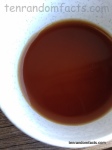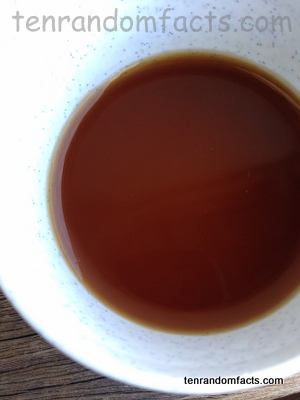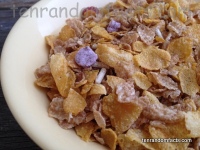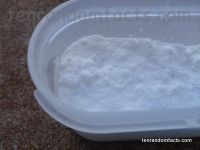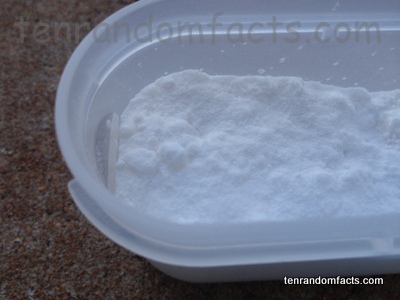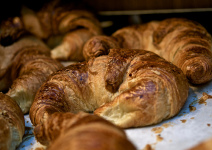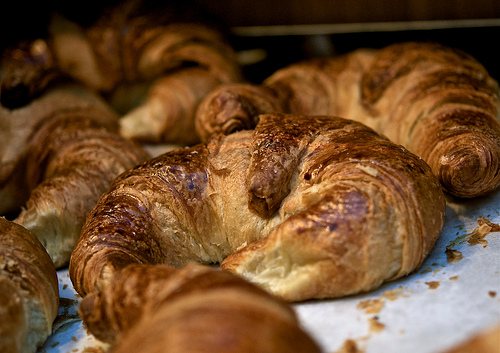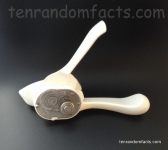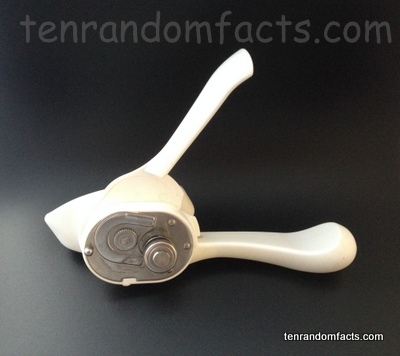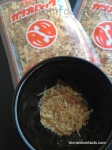
Foreign food, like katsuobushi, is quite interesting.
- Katsuobushi is a Japanese food product of fermented, smoked and dried fish, such as bonito or most commonly skipjack tuna.
- ‘Katsuobushi’ is also known as ‘okaka’, both Japanese words, as well as ‘dried bonito’ and ‘dancing fish flakes’.
- Katsuobushi is commonly used in Japanese cuisine to make soups and sauce, or more specifically, broth, as well as a garnish or topping that imparts flavour to the dish.
- Katsuobushi has a savoury taste, and the product includes fungi that is part of the fermentation process.
- Heat emissions and steam can cause Katsuobushi to move as if the substance is alive, and it is often used decoratively on hot foods for this reason.
- Katsuobushi can be bought either in blocks or as shavings, often in sachets, in a coarse or fine version, and it is typically pink to brown in colour.
- Katsuobushi is made by filleting the fish, boiling and smoking the fillets, sun-drying them and spraying them with moisture-absorbing fungus, and letting them ferment, while the entire process takes many months.
- The final product of Katsuobushi, before shaving, is generally a very dry, hard block that looks similar to wood, and weighs over 80% less then the original fillet, and once shaved it resembles wood shavings
- Katsuobushi is available in fine or coarse flakes, while the larger flakes generally have a stronger taste and are bulkier.
- Katsuobushi was first made in the 1670s, in Japan, while a more modern version was brought into use by 1770.
Bibliography:
Fujita C, Dried Bonito, 2009, The Tokyo Foundation, http://www.tokyofoundation.org/en/topics/japanese-traditional-foods/vol.-15-dried-bonito
Katsuobushi, 2014, Wikipedia, http://en.wikipedia.org/wiki/Katsuobushi
What is Katsuobushi, 2014, WiseGEEK, http://www.wisegeek.com/what-is-katsuobushi.htm





